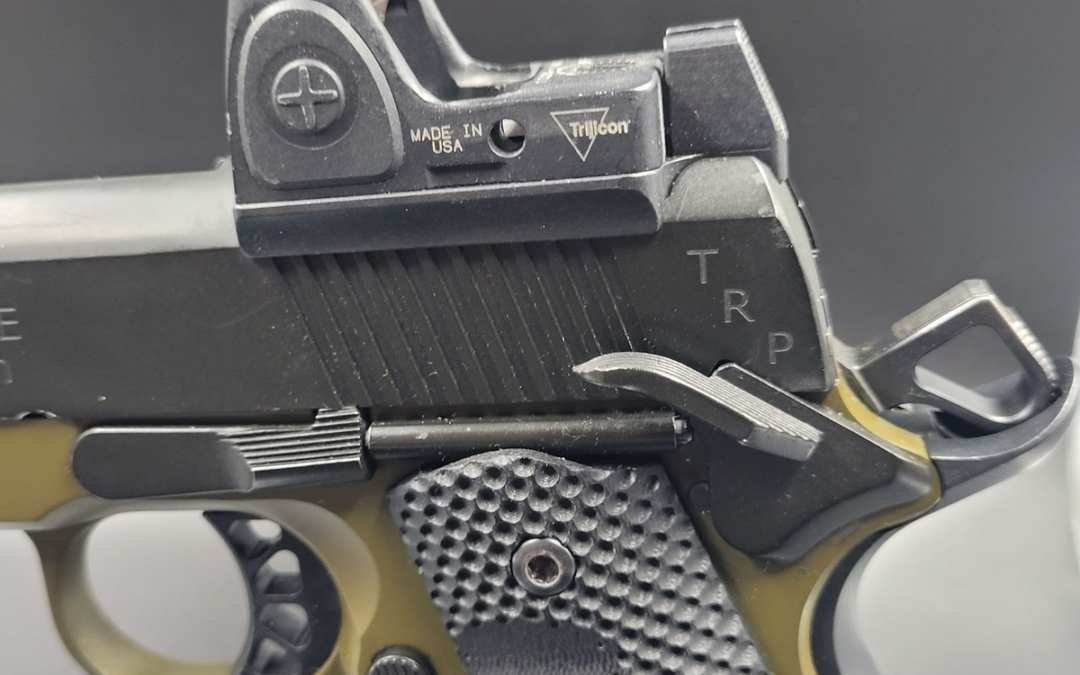Single Action vs. Double Action: What Are the Differences?
Let’s dive into all the options of pistol action design: why they are, what they are, and why you would pick one over the others. We’ll discuss all the differences between Double Action and Single action.
When choosing what type of pistol action a shooter should get, many options and more suggestions exist. Like everything else, the action style has dogmatic fanboys of all sorts. The reality is that every option has its reasons, and if we subscribe to the saying “mission dictates the gear,” they all have a seat at the table.
I started on Single Action/Safe Action style pistols and have mostly stuck to these as my go-to firearms, but over the years, I needed to understand and master the other options, both as a teacher and as a student. Over time I developed an appreciation for the different options and where they shine and where they suffer. Let’s take a look at some basics, history, details, and applications
History in Action
The first weapon to have a trigger was the crossbow. While they looked quite different than most people think of when talking about triggers, the function was basically the same. I use this analogy when explaining single action to new shooters. Let’s look at some milestones in firearm trigger actions.
1400’s
The introduction of the matchlock is likely the first Single action firearm. Before the matchlock, guns were fired by holding a burning wick to a “touch hole” in the barrel, igniting the powder inside. Shooters would use a prop (think monopod) to steady the gun, one hand for aiming and the other for ignition.
1691
The first semi-auto pistol came on the scene in the form of the Salvator Dormus pistol. While a commercial failure, it did get things started.
1851
British gunsmith Robert Adams created the first double-action revolver. This gun was in direct competition with Colt’s single action revolvers at the time.
1908
The first double-action semi-auto was the Little Tom Pistol, designed by Alois Tomiška from Czechoslovakia.
1935
The first successful Semi Auto Double Action Pistol was the Walther PP.
While these are essential touchstones in development, they were not all commercially successful but did pave the way to the innovations we enjoy today.
Understanding Pistol Action Designs
Trigger
A trigger is a “device in which a catch or spring is released and a mechanism set in action.”
Action
Action describes the mechanical movements accomplished when pulling the trigger. In the simplest form, if pressing the trigger does one thing (i.e. fires the gun), it is a single action. If the trigger accomplishes two steps (i.e. cocks and then fires the gun), it is double action.
Action is also used in other aspects of firearms, like how it handles loading ammunition. We will only be reviewing trigger actions in this piece.
Types of Actions
There are many types of actions, including Single Action (SA), Safe Action, Double Action Only (DAO), Double Action/Single Action (DA/SA), Heckler and Koch Law Enforcement Modification (HK LEM), and Sig Sauer Double Action Kellerman (Sig DAK). Let’s take a look one by one.
Single Action (SA)
Every trigger press only releases the firing mechanism. Single actions like the 1911, single action revolvers, and the Smith & Wesson CSX enjoy a short travel and lighter weight trigger.
Many come with a manual safety which introduces one more step in the firing sequence but, used properly, provides a layer of safety against negligent discharge. When considering single-action pistols, you must consider both single-action, semi-auto, and revolvers.
This action category has the benefits of being simple, albeit with an additional step in the sequence. They also come with lower layers of safety. On the semi-auto, you will need to deactivate a manual safety.
The SA revolver will require a manual cocking of the hammer for every shot. The triggers on single actions tend to be the best of the bunch. Remember: a light, short, crisp trigger makes accuracy more easily attained, but they also raise the risk of negligent activation to fewer layers of safety.
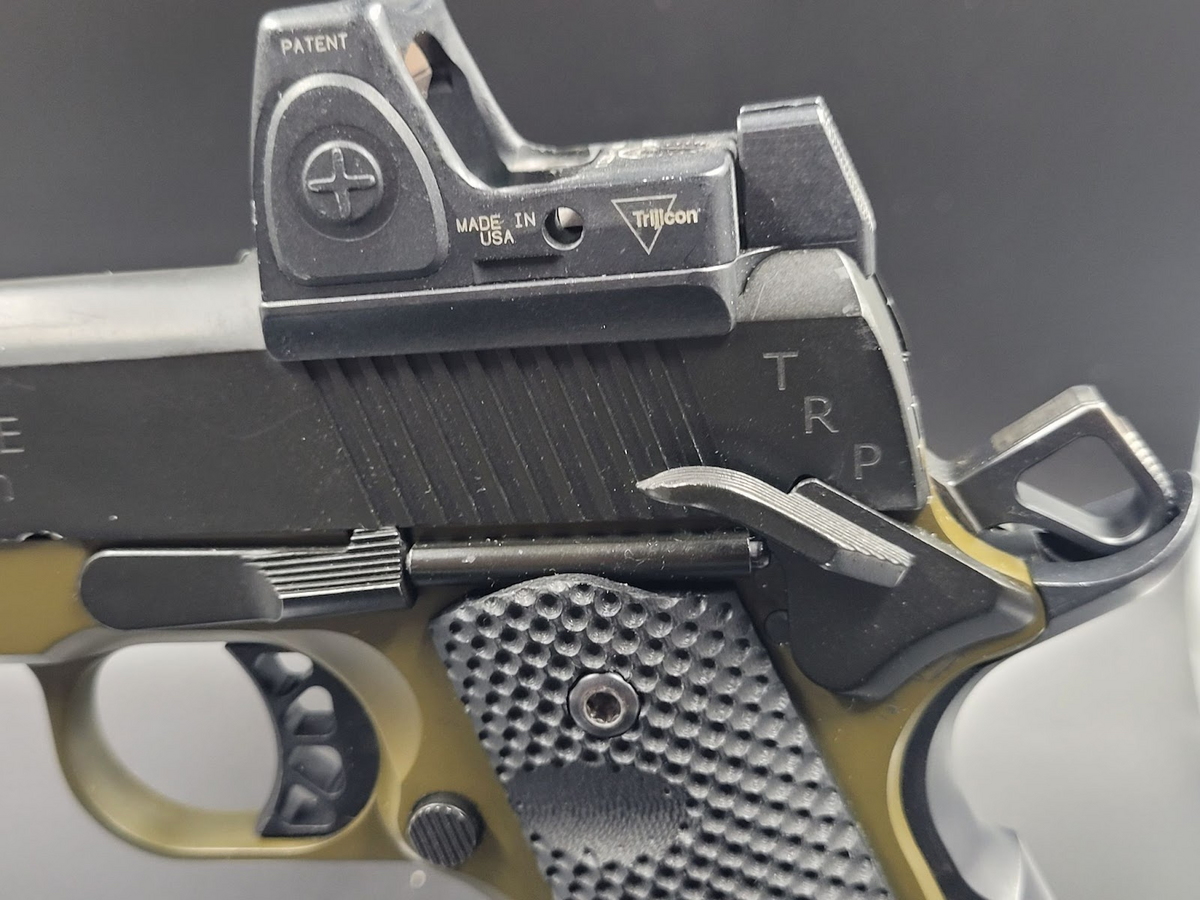
Example of a single action with manual safety
Springfield TRP 1911
Safe Action/Striker Fired
The striker is partially cocked by racking the slide. The trigger completes the cocking and releases the firing mechanism. Some argue that would make Safe Action Pistols instead Double Action, but in practice, they operate more like a Single Action.
Safe Action Pistols usually are equipped with an integrated trigger safety which is deactivated when pressing the trigger. The integrated trigger safety provides drop protection without adding a step to the firing sequence. One step to the firing sequence, press the light and short trigger. These features score high on simplicity and low on layers of safety.
Examples: Glock and S&W M&P, Springfield XD series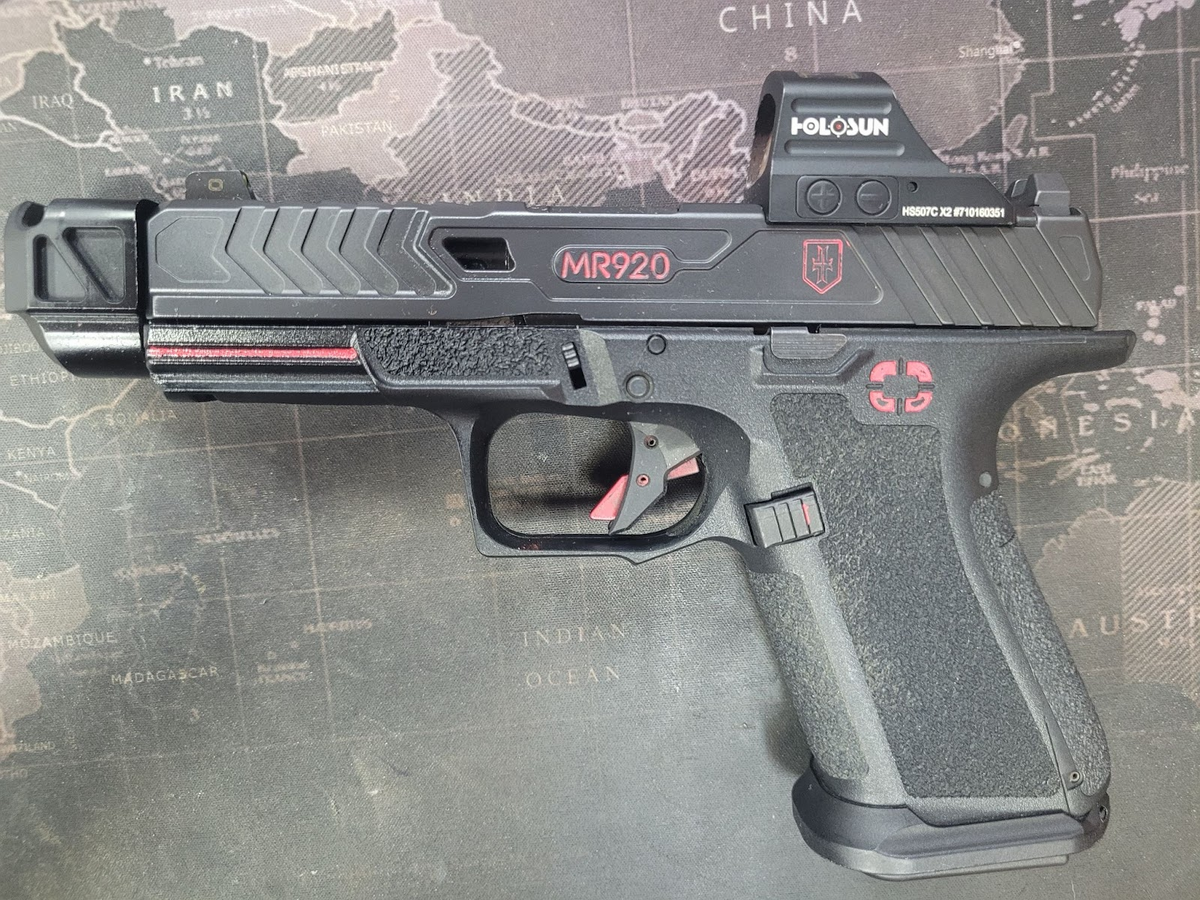
Example of striker fired
Shadow Systems MR920 notice the integrated trigger safety
Double Action / Single Action (DA/SA)
Also referred to as Traditional Double Action. This category boasts high layers of safety with more steps in the activation sequence.
The first press of the trigger (if uncocked) both cocks and releases the firing mechanism. The firearm can be manually cocked, putting it directly in Single Action. DA/SA’s like the Heckler & Koch P30 and HK45, Springfield Armory XD-E, and Beretta PX4.
Beretta 92, CZ P-07, P-09, and Walther PPK/s enjoy the benefit of a heavier/longer first trigger press with shorter, lighter subsequent presses. This provides a layer of safety in that the heavier first press reduces the chance of negligent trigger press and the benefit of very short and light subsequent trigger presses, which can enhance accuracy.
DA/SA’s may have a decocker only, separate decocker and manual safety, or combination decocker/safety, adding another layer of safety and another layer of responsibility. Two different trigger pulls need to be mastered for proficiency.
Newer customization of DA pistols by custom shops like Langdon Tactical remedies some of the trigger difficulties mentioned above.
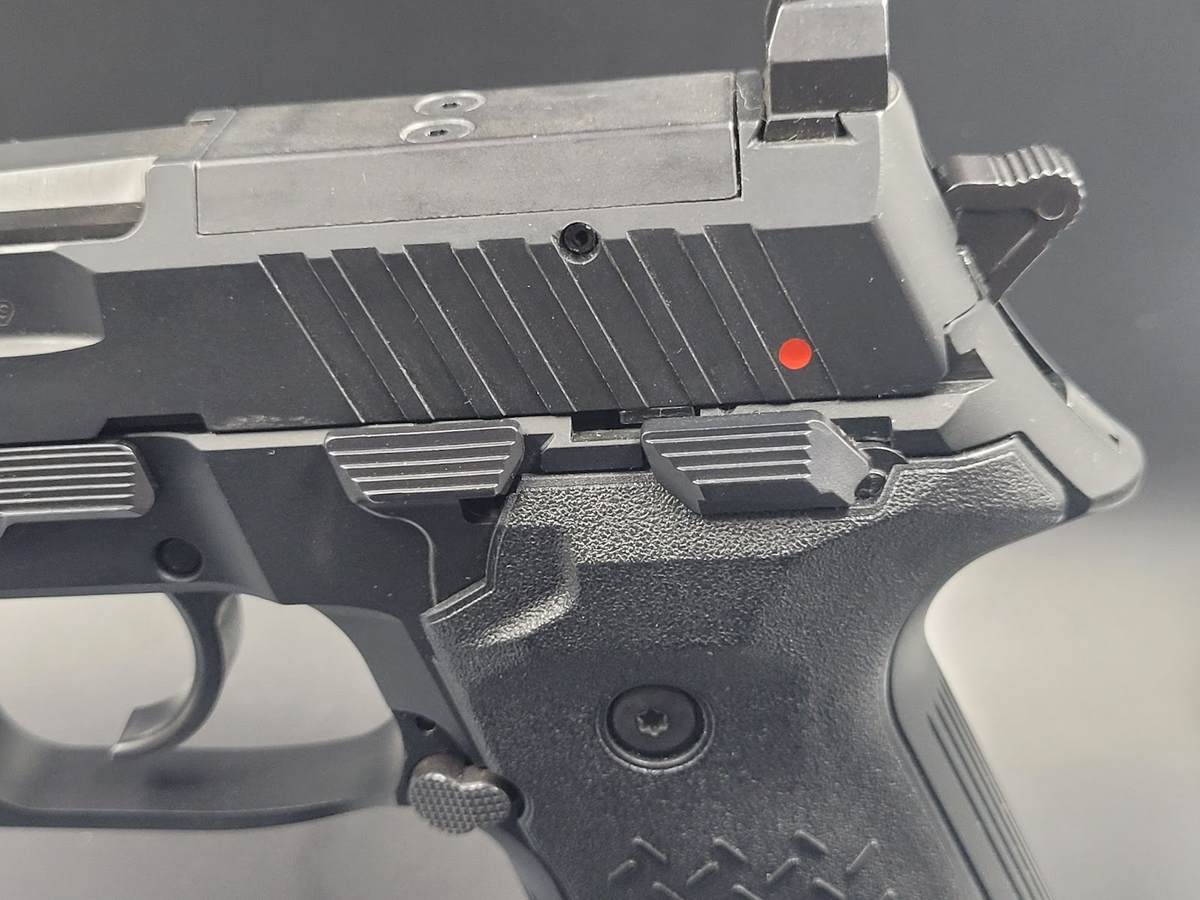
Example of DA/SA
Sig P226 with separate decocking and safety levers
Double Action Only (DAO)
Every trigger press both cocks and releases the firing mechanism.
DAO’s like Sig P250, hammerless revolvers, Ruger LCR, Ruger LCP, S&W J-Frame, Smith & Wesson Bodyguard, Smith & Wesson 6946, and Kahr all have the same double action trigger press with every pull.
This reduced the skill set needed for the operation to just one type of trigger press. Still, the heavier double action press can make accuracy more difficult due to the heavier trigger pressure leading to the movement of the sights.
This can easily be overcome with training. Semi-auto DAOs usually have a spurless or recessed hammer that can not be manually cocked. Many DAOs have no manual safeties, so the sequence is one step.
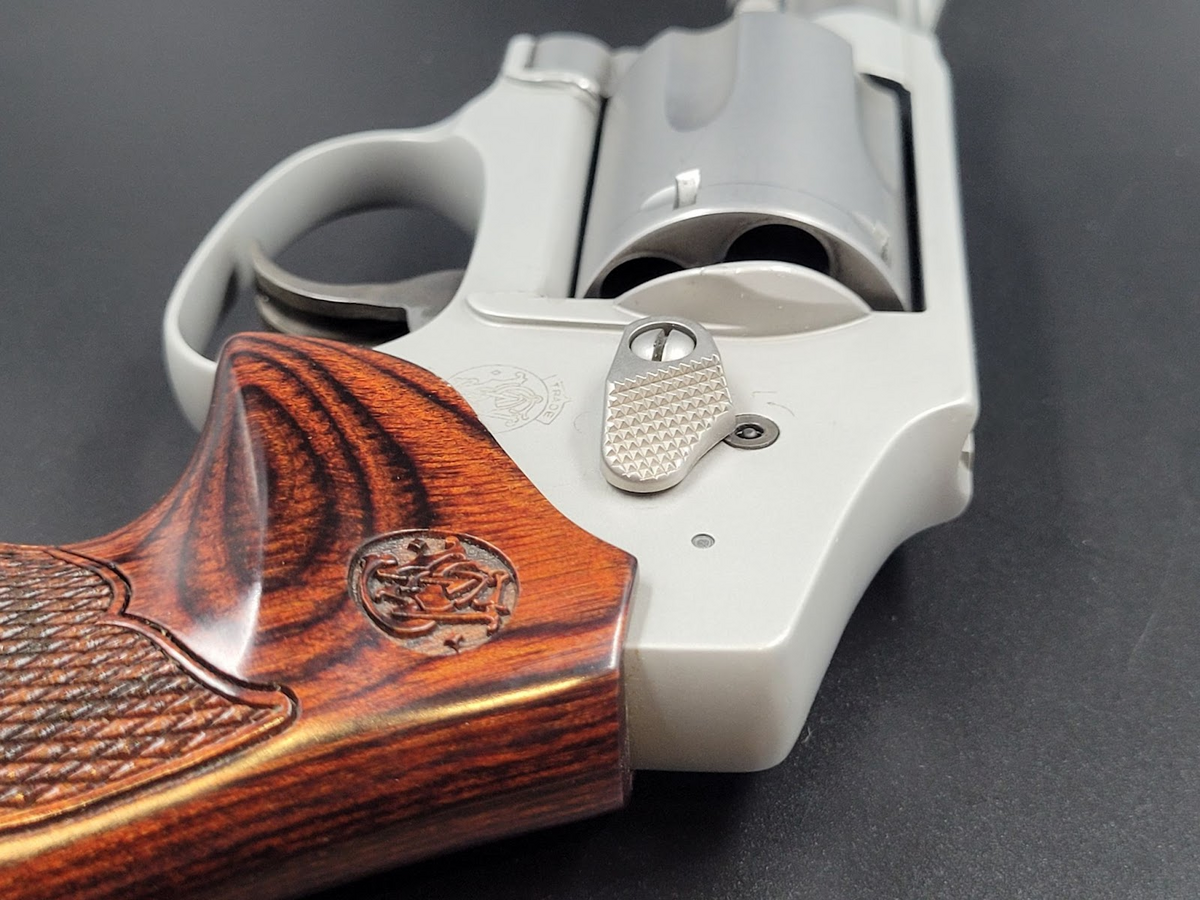
Example of a hammerless revolver in DAO
Outlier Actions
In the final two, we will look at two action types that blend features of striker-fired and double action only to get the preferred benefits from each methodology. The ease of use of the striker fired with the increased safety layers of DAO.
HK LEM (Law Enforcement Modification)
THE LEM has several variants with different spring weights and uses both a partially cocked striker and a double-action hammer system. The hammer is spurless and can not be manually cocked with the hammer.
The trigger completes the travel of the partially cocked striker and releases the mechanism while retaining the benefits of a DAO.
The LEM first press is DA in that it completes the cocking and fires. The follow-ups have a shorter reset point, and the trigger weight is consistent for both trigger presses. Think of the simple operation of a striker-fired with the added safety of double action.
While the weight of the trigger is similar to striker-fired guns, the trigger reset is considerably greater than striker-fired or SA but much shorter than traditional double actions. LEM has double strike capability (i.e. additional trigger pulls on a misfired cartridge have the potential to get a positive ignition).
Examples include the HK LEM P30, HK45, HK P2000, and HK USP.
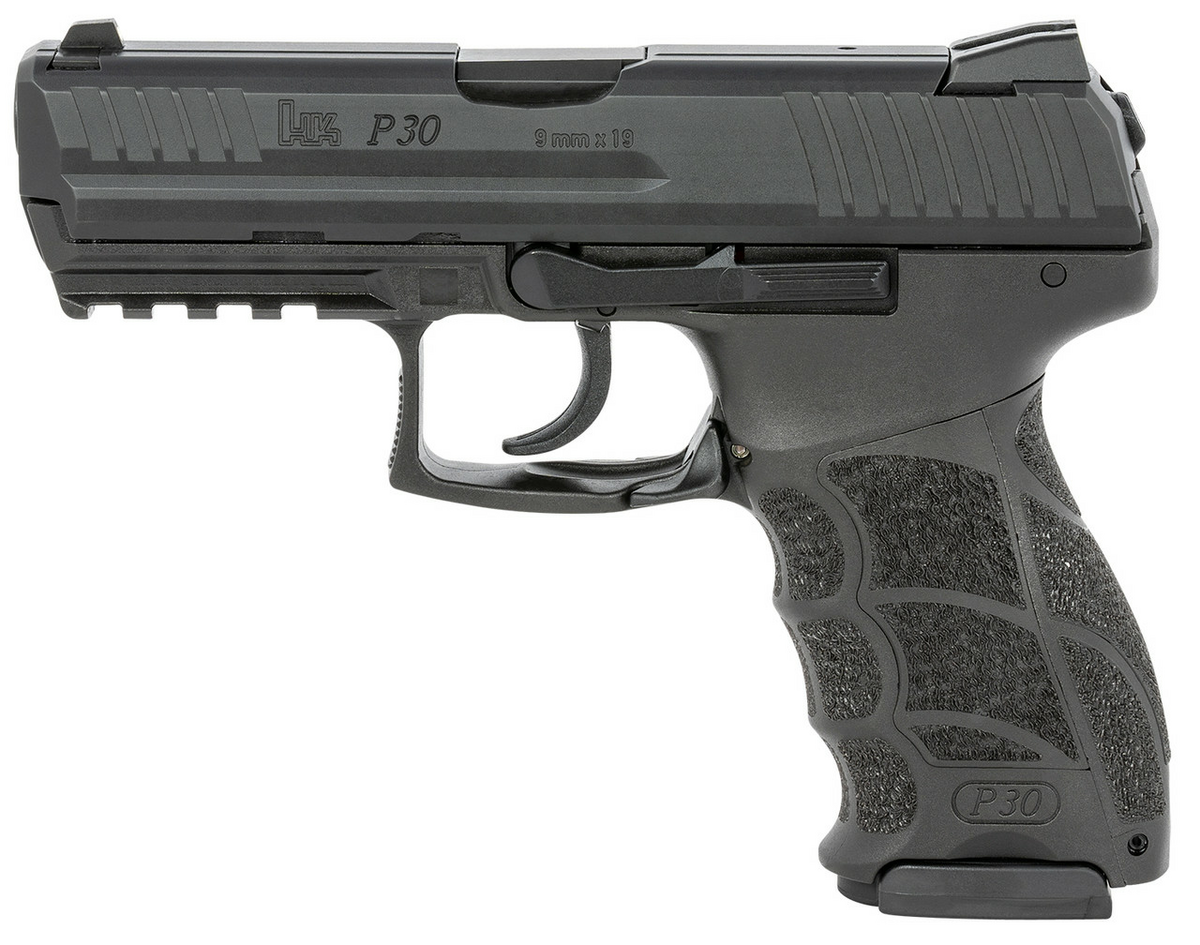
Heckler & Koch P30 LEM (Photo from Impact guns)
SIG DAK (Double Action Kellerman)
The Sig Double Action Kellerman functions like DAO, which for the full-length reset is 6.5 lbs, but the mid reset is 8.5 lbs. The DAK gives a nice 6.5lb trigger press when completely reset, allowing the trigger to travel back to its origin. This is the preferred method for DAK.
If the shooter only allows the trigger to travel halfway back to its origin, the gun is still capable of firing. Still, a heavier trigger press will avoid trigger freeze, provide a physical reminder to the shooter, and limit negligent discharge upon a short trigger reset.
It cocks and releases the firing mechanism with each press. So like the LEM, the DAK has double strike capability. The intermediate reset provides a saving grace if one short-strokes the trigger reset, commonly called trigger freeze.
Examples include the Sig DAK – P226, P229, and P220.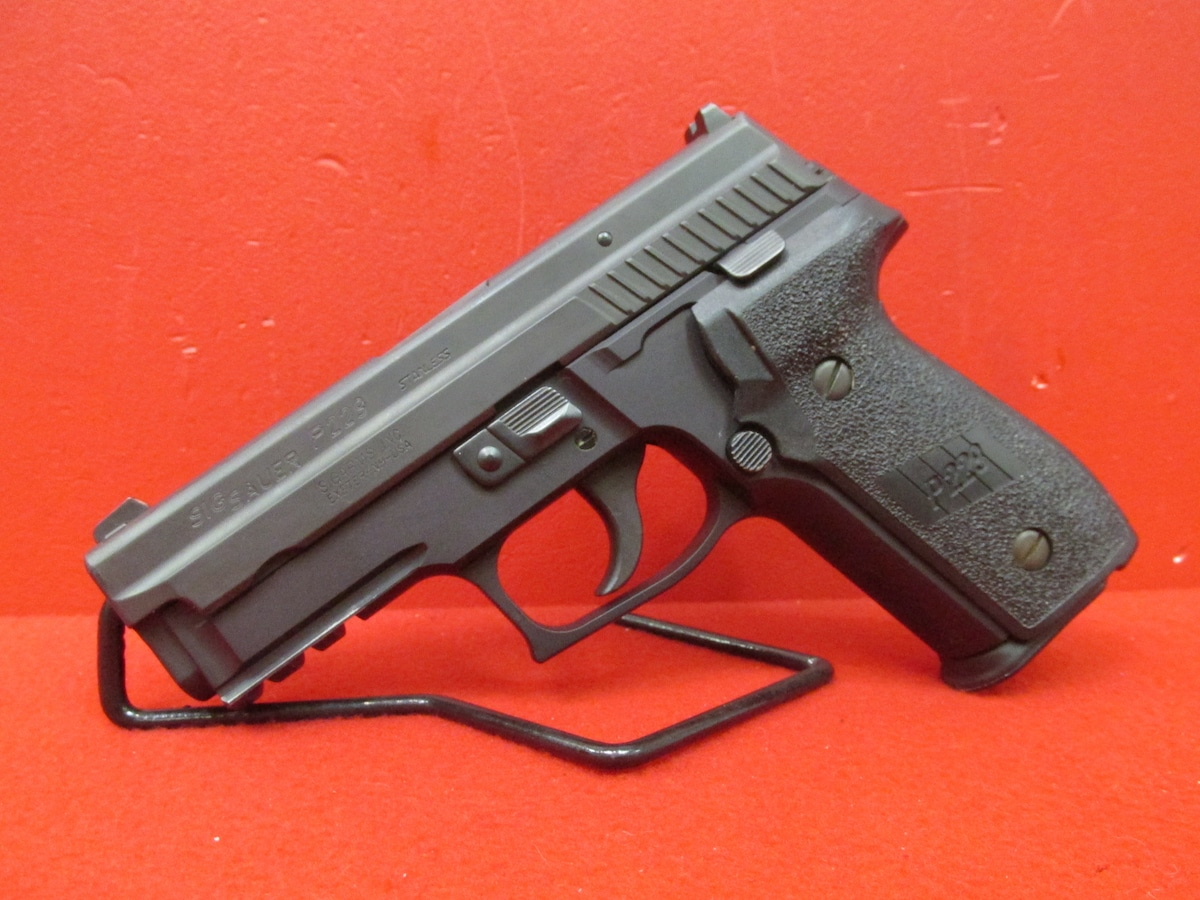
Sig P229 DAK
How to Choose the Right Action
What type of action a shooter chooses should depend on a few things –
- Ease of use vs. layers of safety/layers of responsibility
- Shooter’s ability and willingness to improve.
- The mission – how will the gun be used and what features meet that best
- Potential stress levels
The decision on what type of action you take should be based on reliable information from solid sources. If someone tells you to get this or that but can not explain why, you should take it with a grain of gunpowder (salt).
Ease of Use vs. Layers of Safety
Ease of use refers to the number of actions required to use the firearm and how much training is needed to become safe and efficient.
Layers of safety: longer, heavier trigger pull, manual safeties, decockers, and hammers can be held down while holstering to prevent negligent discharge (see also striker control device). All provide additional layers of safety
Layers of responsibility – Every layer of safety comes with a layer of responsibility in the steps that must be accomplished to activate or overcome those safeties. Remembering to activate the safety, using the decocker before holstering, or training to become proficient with a DA trigger are examples.
Shooter’s Ability & Willingness to Train
The more steps in the firing sequence equals the more things to master to operate the gun safely and efficiently.
Mission
What is the primary purpose of the firearm? Is it a small concealed carry piece or a duty gun? Where and how will it be carried? Does this require more layers of safety?
Stress
A pistol only meant for range plinking will not incur higher stress levels. Competition, however, comes with a much higher stress level. Defending yourself against death, grave bodily harm, kidnapping, or forced sexual intercourse will expose the shooter to levels of stress they likely have never encountered. You do not want to be figuring out you left your safety on while defending yourself.
Decocker Explained
A decocking lever/button or decocker is used to release a cocked or partially cocked firing mechanism without firing the firearm. Decockers can be found on DA/SA pistols and some DAO. The decocker can be a separate control or include the manual safety lever.
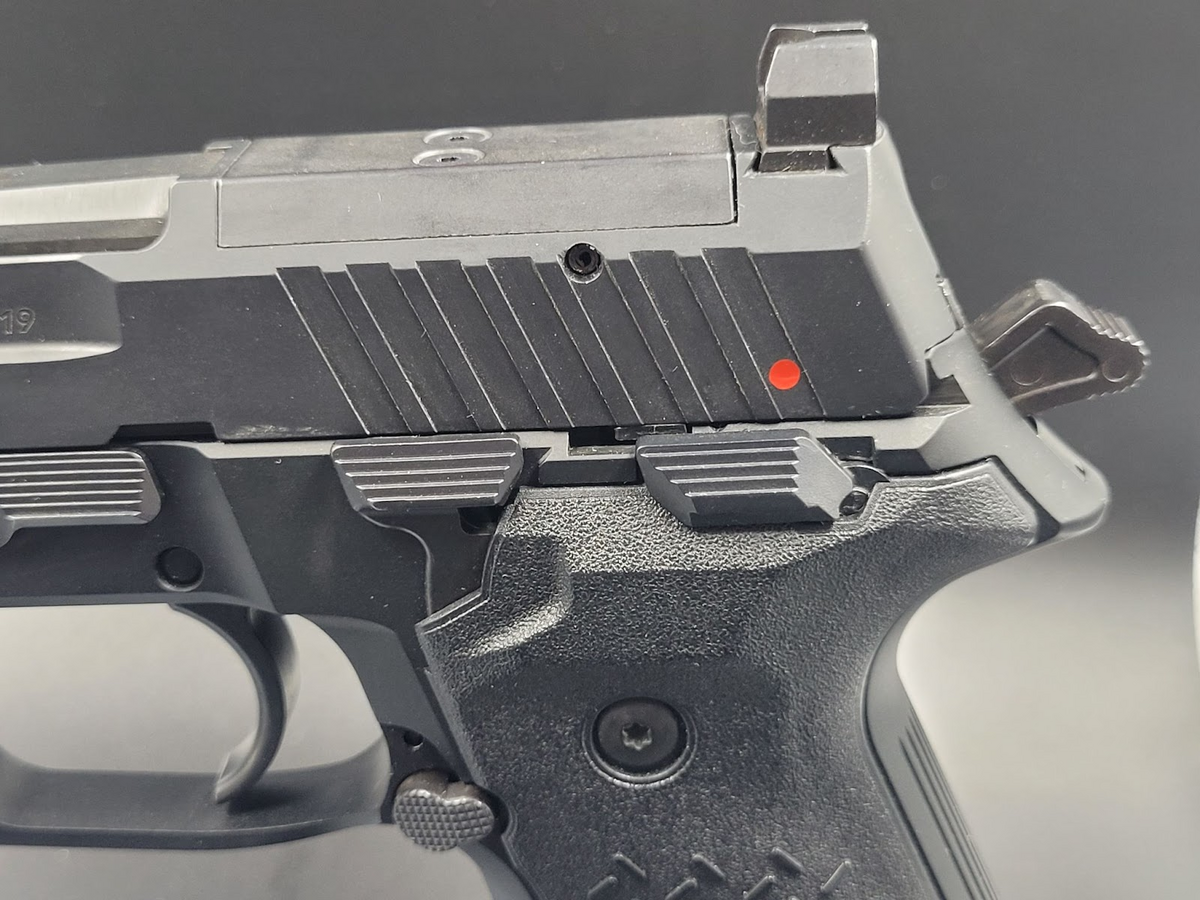
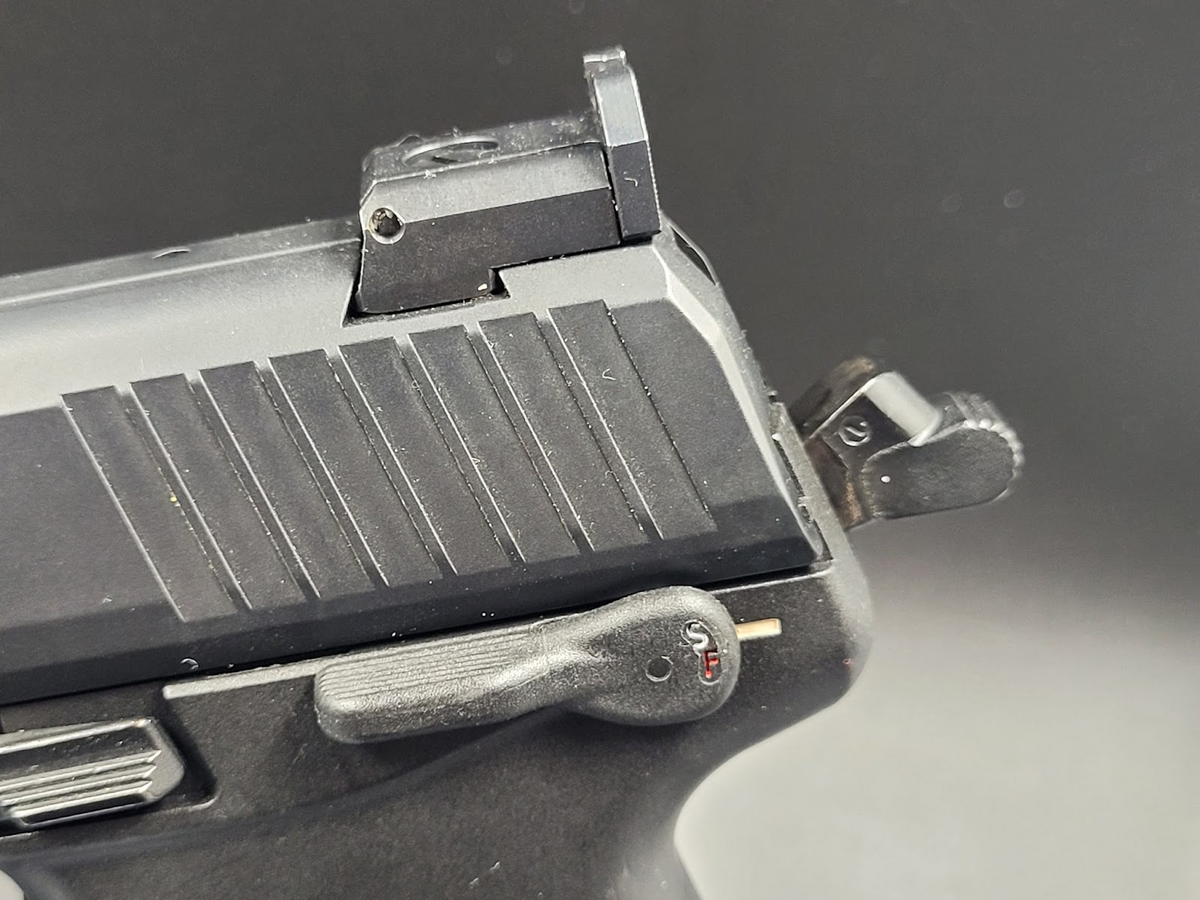
Sig style decocker lever and separate manual safety HK style combination safety and decocker 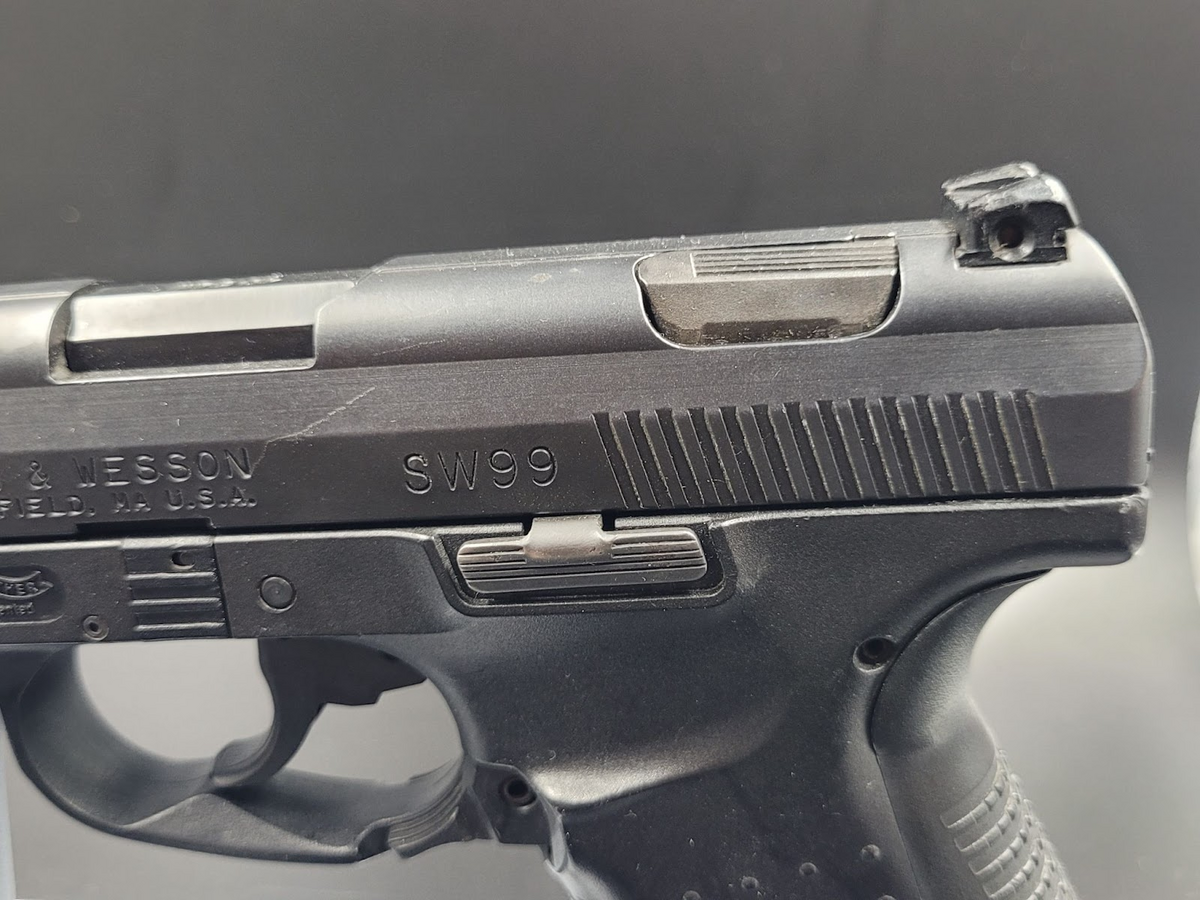
A button style Decocker on a S&W SW99/Walther P99
Benefits Table
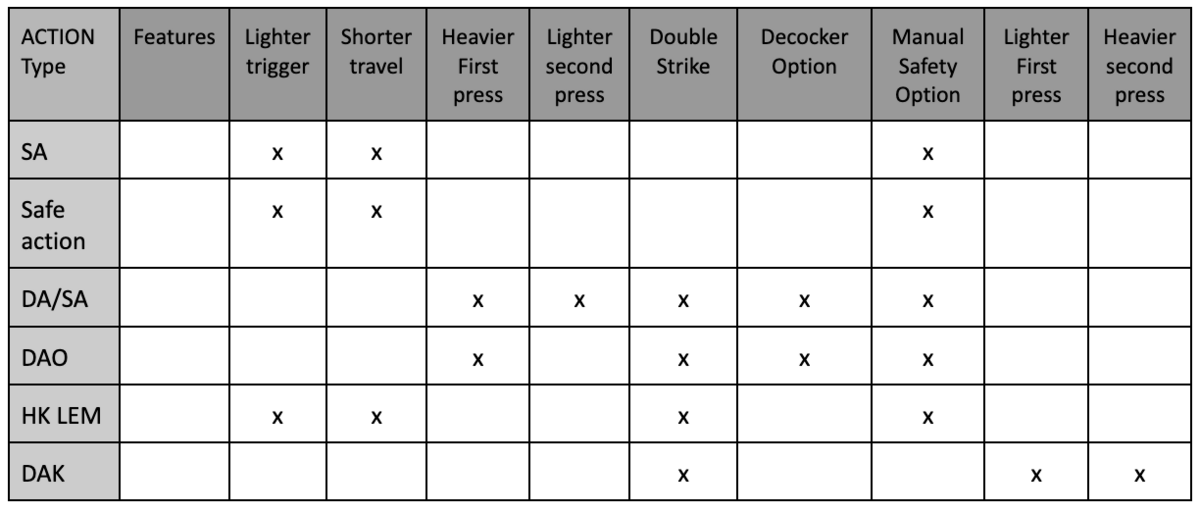
Conclusion
The world of pistol actions can be confusing at first. Hopefully, this article provides everything you need to make solid decisions on what is best for your intended purpose, your current level of proficiency, your willingness to master the required layers of safety, and preferred/required layers of safety.
Remember, the common factor in all versions of guns is the operator, and that will be YOU. Therefore, honesty with oneself about your proficiency balanced with factors discussed throughout provides the best recipe for success. Success is a product of practice. Train often, train smart, and be safe.

